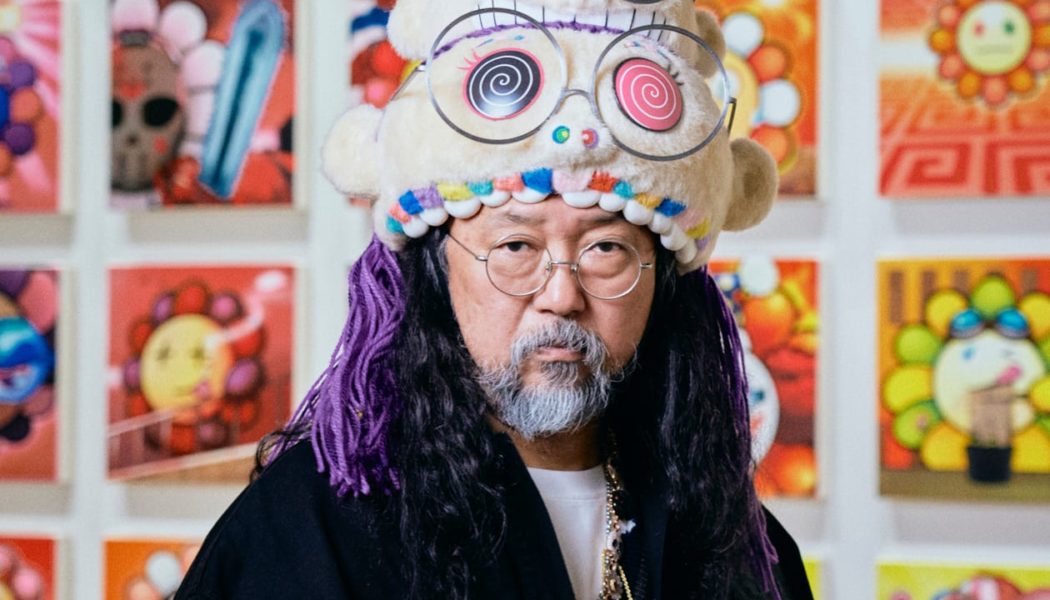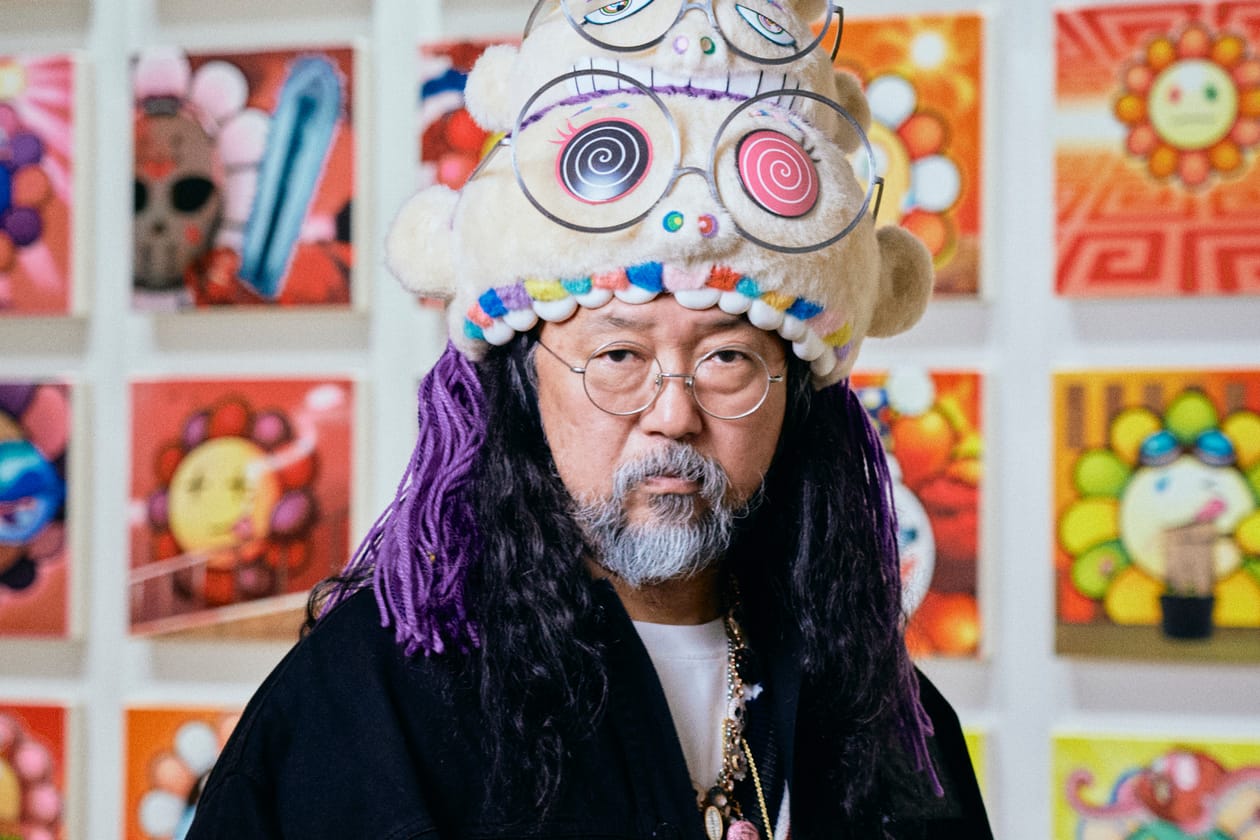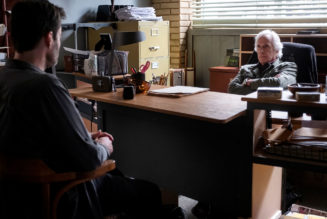“Mononoke Kyoto” is Takashi Murakami’s latest large-scale solo exhibition in Japan — the first one in eight years no less. Held at Kyoto City KYOCERA Museum of Art, the show features over 160 new works that were created for the museum’s 90th anniversary, and especially at the request of its general manager Mr. Shinya Takahashi, “one of a handful of people involved in the art industry in Japan that [Murakami] truly trusts,” as written in the introductory text at the opening section of “Mononoke Kyoto”.
Even with a team behind him, creating so many new works is no easy task. “Normally, to realize such a vision the museum would make arrangements to borrow existing works from museums and collectors abroad, but this time, they wanted to avoid the expensive shipping costs and associated insurance premiums,” Murakami continues. “Instead, the museum requested that, since I, the artist, am still alive and merely in my 60s, I create new works for the show… And now, working with almost no sleep or break, I have started wandering through time and space in a daze, and my soul and space-time are starting to melt together; I have become one with the worldview of the ancient city, just as Mr. Takahashi intended.”
The theme of “Mononoke Kyoto” is the city in its name, and is a commentary on its past, present and future, where during the Edo period (1603–1868), the heyday of art and artists in Japan lived in Kyoto, and how it has evolved alongside Western influences and become what it is today. The exhibition is on view till September 1, and will periodically refresh itself with new works as they become complete, which Murakami suggests to appreciate in a documentary-like context.
Hypebeast sat down with the Japanese contemporary artist for a quick chat to find out more about the show and the world we live in today.
Tell us more about your relationship with Mr. Shinya Takahashi.
Takashi Murakami: He’s someone that I’ve worked with for over 30 years since early on in my career. A couple of key moments with him were the Roppongi Hills project where I created its town character and branding, and the 500 Arhats exhibition at the Mori Art Museum — and now with “Mononoke Kyoto” of course.
Could you elaborate further on the Kyoto theme?
People see Kyoto as this fun and enriching city, but it also has a lot of underground stories, which dates back to the time of emperors, warriors and battles, which creates its complex culture, and my exhibition looks to tell some of these stories.
What are three artworks that you are particularly proud of from this exhibition?
Rakuchū-Rakugai-zu Byōbu: Iwasa Matabei RIP (Scenes in and around Kyoto), a 13 meter long traditional painting of Kyoto’s old landscape but juxtaposed with my characters and painted in my acrylic style; large-scale paintings of Four Symbols (four mystical animals presiding over the cardinal directions), which is shown in the second section of the exhibition where the room is laid out on Feng Shui principles with a hexagonal temple sculpture in the middle; and the release of my trading cards, where I’ve created 108 new images based on Murakami.Flowers, and their accompanying paintings displayed across the exhibition.
Could you tell us more about the two large-scale red and blue sculptures at the entrance of the exhibition?
They are Oni, a kind of demon in Japanese folklore, that we learn about when we are kids, whom we pray to during new year’s for health and good luck.
What are your thoughts on social media culture today?
Cancel culture is a big thing today, and especially targets famous and successful people. The bashing and negative comments are very stressful, and even more so after the pandemic where it became more prevalent. It’s like a witch hunt. So I used to enjoy social media a lot more, but today I’m very careful because I’m getting old and I don’t keep up with general culture.















